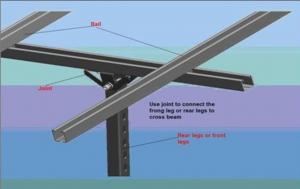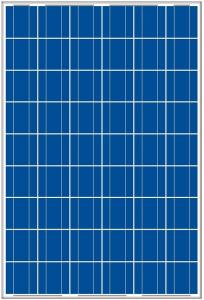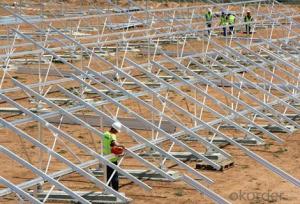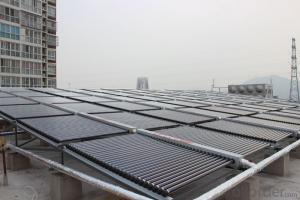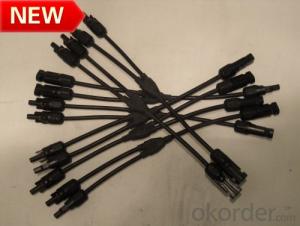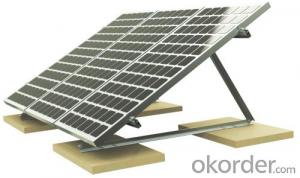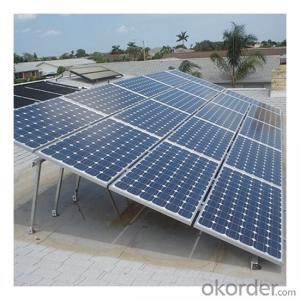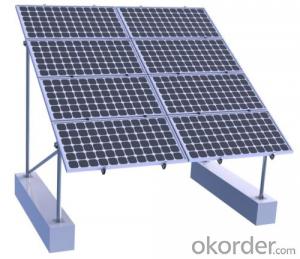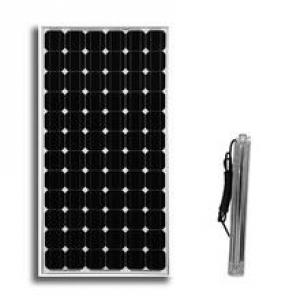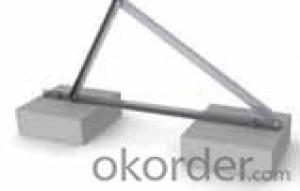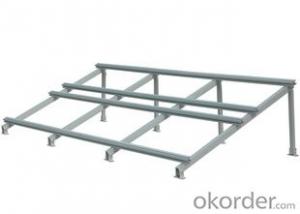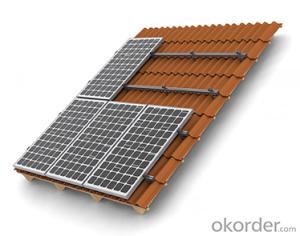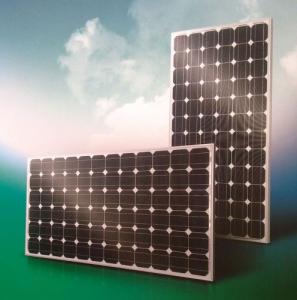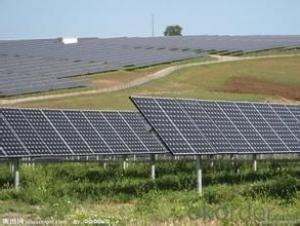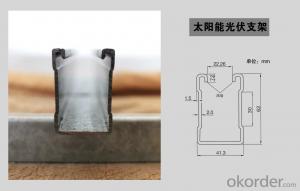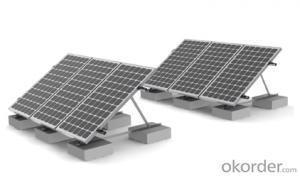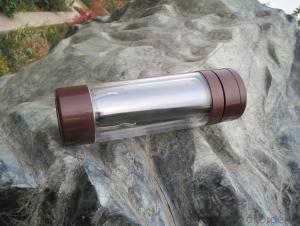Rv Solar Inverter Systems
Rv Solar Inverter Systems Related Searches
Rv Solar Inverter Rv Solar Power Inverter Solar Inverter Rv Rv Solar System With Inverter Rv Solar Inverter Kit Rv Solar Inverter Kits Inverter For Rv Solar Rv Solar Panel Inverter Kit Rv Solar Kits With Inverter Rv Solar Kit With Inverter Solar Inverter For Rv Solar Power Inverter For Rv Rv Solar Setup With Inverter Rv Solar Inverter Charger Rv Solar Inverter Setup Best Rv Solar Inverter Solar Panel Inverter For Rv Best Solar Inverter For Rv Rv Solar Cells Rssi Solar Inverter Inverter Solar Systems Solar Inverter Systems Inverter Solar System Pv Solar Inverter Solar Inverter System Lvrt Solar Inverter Solar Power Inverter System Hybrid Inverter Solar System Solar Pv Inverter Home Solar Inverter SystemRv Solar Inverter Systems Supplier & Manufacturer from China
Rv Solar Inverter Systems are a collection of essential components designed to convert the energy generated by solar panels into usable electricity for recreational vehicles. These systems typically include solar panels, charge controllers, batteries, and inverters, all working together to provide a reliable and efficient power source for various appliances and devices within the vehicle. The versatility of Rv Solar Inverter Systems makes them suitable for a wide range of applications, from powering lights and air conditioning to running refrigerators and other essential systems. They are particularly useful for off-grid living, providing a sustainable and eco-friendly alternative to traditional power sources while on the road or in remote locations. Okorder.com is a reputable wholesale supplier of Rv Solar Inverter Systems, offering a vast inventory to cater to the diverse needs of customers. With competitive prices and a commitment to quality, Okorder.com ensures that customers receive the best possible products for their solar power requirements.Hot Products

